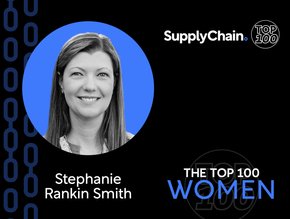How procurement can drive flexible workforce programs across international borders

Global businesses frequently leverage what’s known as the “flexible workforce” – a combination of independent contractors, contingent workers, Statements of Work (SOW) and other project-based services – to efficiently and cost-effectively meet demand around the world. Engaging with this workforce has many benefits, but, as with many enterprise-wide initiatives, doing so on an international scale can be a complex process.
It’s important for organisations to identify and communicate with the right people internally to get a global external workforce program up and running, all while ensuring that their use of these workers complies with labour laws and business regulations across regions and borders as well as respects cultural norms. Who within a global company is best suited to take this on? The management of the flexible workforce often falls within the responsibilities of those in procurement, due to several reasons.
Industry expertise
Many companies already have an operations team in place within the procurement function to manage acquisitions and contracts, making them well positioned to lead external workforce programs. Procurement is also accustomed to adhering to a myriad of compliance regulations within their world, monitoring variances in regulations and changing financial environments. This is an important mindset for managing an external workforce.
Strong relationships
At a high level, procurement works closely with their HR counterparts and C-suite executives to ensure cohesive management of the entire workforce. On a business unit level, procurement works with individual managers to help them better understand how managing their external workers within a formalised program can help them gain better visibility and make more strategic workforce decisions.
Technology
Many large, multi-country external workforce programs are enabled by a Vendor Management System (VMS), which is a technology platform that automates and simplifies the process for procurement and management of labour and services.
This technology can be configured for global use, so that no matter the country or the regulations, the VMS can ensure systematic compliance. For instance, many countries have complex payment requirements, with exceptions and variances based on hours worked and times arrived and departed. The procurement function is uniquely aware of these exceptions, and with the aid of technology they can prepare themselves to manage the adoption of new policies.
Procurement already has the structure in place to make global expansion a success along with the training and instincts to guide a company through cultural nuances. Therefore, it’s a natural fit for the procurement department to assume leadership of a global external workforce program across all departments and help guide executive leadership through the transition. By using VMS technology, businesses can create repeatable, reportable processes to create automated, efficient processes and a single system of record for greater visibility and to enable strategic workforce planning.
By Arun Srinivasan, VP of Strategy, Fieldglass.
- Timeline: The history and development of global procurementProcurement
- Fragile semiconductor supply chain in Taiwan exposes risksSupply Chain Risk Management
- IBM partner with Weather Company to bring real-time weather insights to businessProcurement
- Six challenges that could break the supply chainProcurement






